If You Give A Mouse A Heart Attack
by Peter Wieben

Every year, tens of millions of experiments are performed on living mice, rats, birds, fish, frogs, or invertebrates. Usually, when the test is finished, the animal is killed.
Recently, I was allowed into a secure animal-testing facility on the condition that I not reveal its name or location — the testing is highly controversial — and I witnessed an experiment on a mouse. This particular trial required the scientist to give a mouse a heart attack in order to test a new stem-cell therapy for heart-attack patients. The test I witnessed was a step to determine if further research would be possible; while the scientists have a vision for what they eventually want to understand, no one single experiment is designed to be groundbreaking.
The scientist I met went to work each day and performed a simple heart surgery on mice. He opened up a mouse, and put a thread stitch into its heart. (Typically, a mouse can survive that, and many of them live on after being stitched back together.) In his lab, there were many locked doors, and locked wings of the building. He only had access to areas he needed for his research.
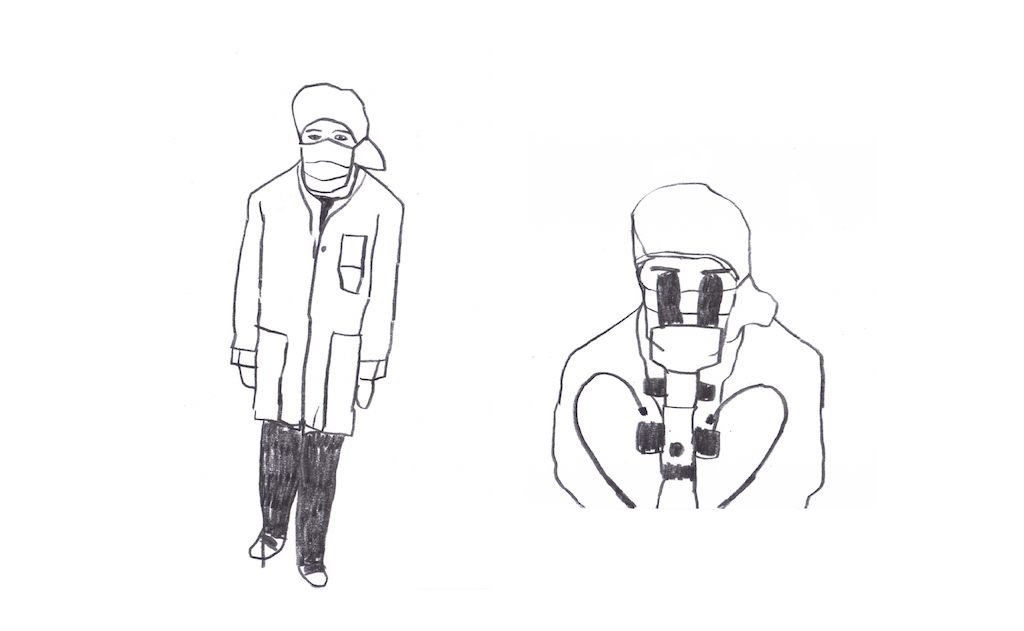
“We’re looking at different things,” he explained. “All of it to do with the heart. Usually, it is to do with stem cells, and whether they can be used to help injured hearts.” He was studying whether the time of day that a heart gets injured could change the way the heart reacted to injury and affect the patient’s recovery.
“So this mouse will help solve that?” I asked him.
“Sort of,” he said. “I want to check on something in the heart. So I am going to mince them up and look at them. I want to find out if its feasible to do the same thing for more mice. It’s a proof of principle.”
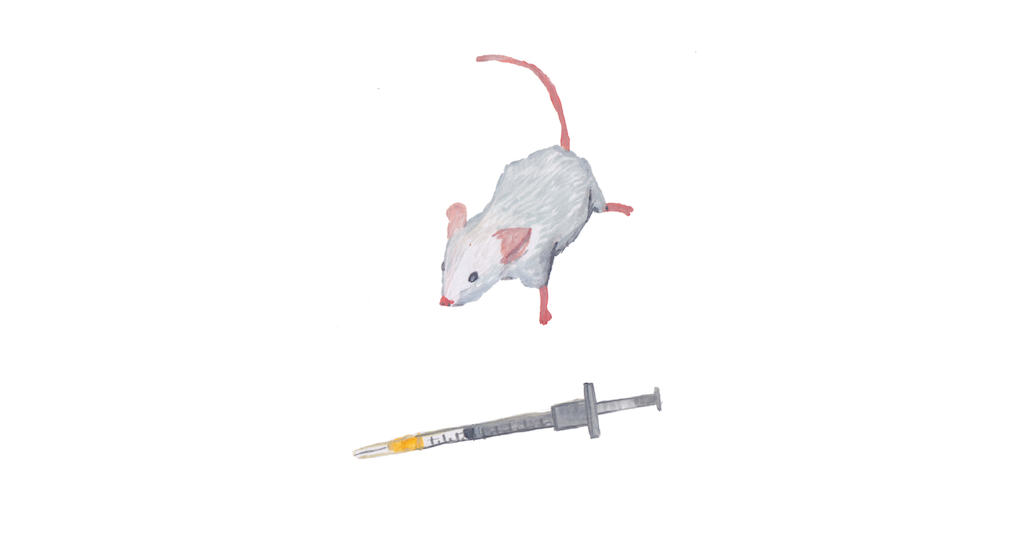
On the day I was there, the scientist needed to analyze the mouse’s heart, liver, and spleen. The mouse was eventually going to have to die. Its head would be held in place while its tail was pulled three times in order to break its back.
“That part of it I never got used to,” the scientist told me. “When I have to kill them. That part, I still feel it.”
“It’s routine now,” he said. “Some days, I can do eight surgeries.”
“So, four before lunch and four after?” I asked.
“Something like that,” he said.
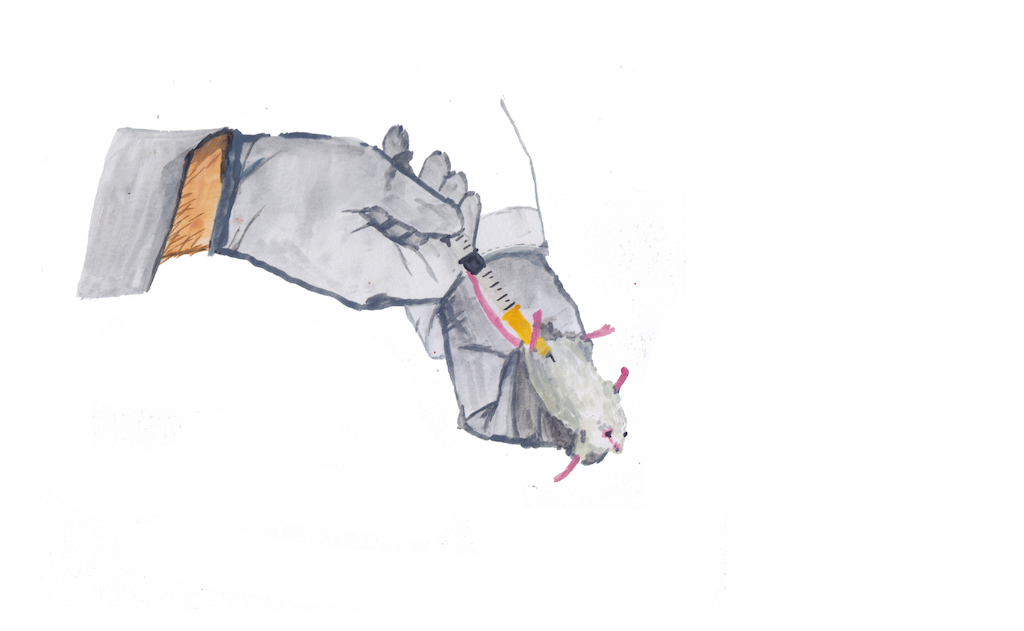
“When I started,” he said, “it was difficult to catch them.” He reached into the cage and took the mouse by its ears. He held it upside-down, and injected something into its stomach. He explained that if he were to do this part wrong, blood could come out, and that it had happened a few times, but now it rarely did.
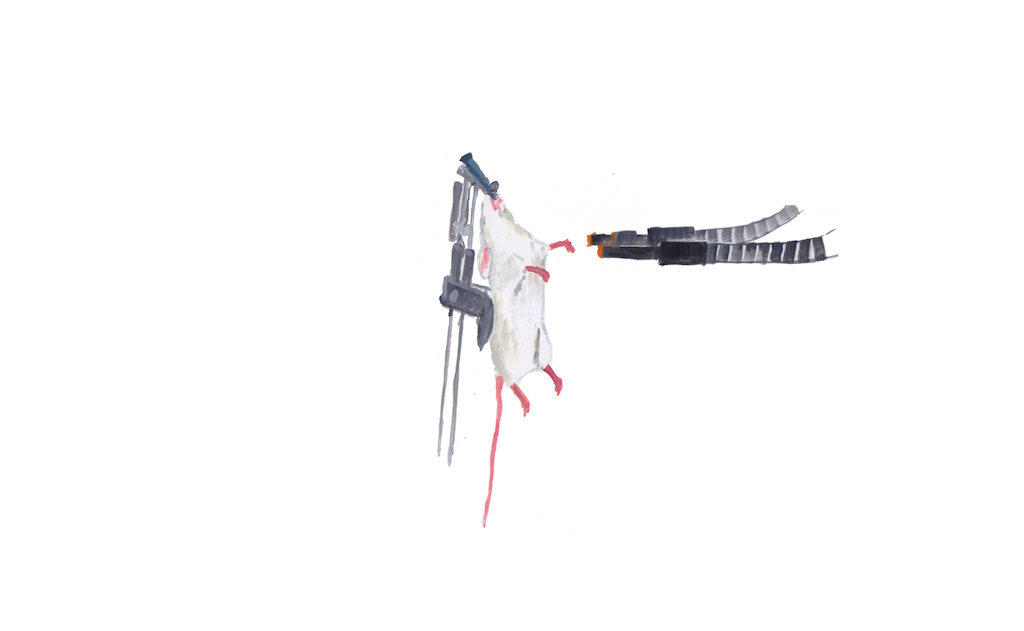
Using a vise-like apparatus he had made himself, he hooked the mouse’s teeth to a string, and pulled it tight — the mouse was held back in position by its teeth. It was unconscious. The scientist used bright lights to see where to put the breathing tube. If it went down the wrong way, the mouse’s stomach could inflate when he turned on the air.
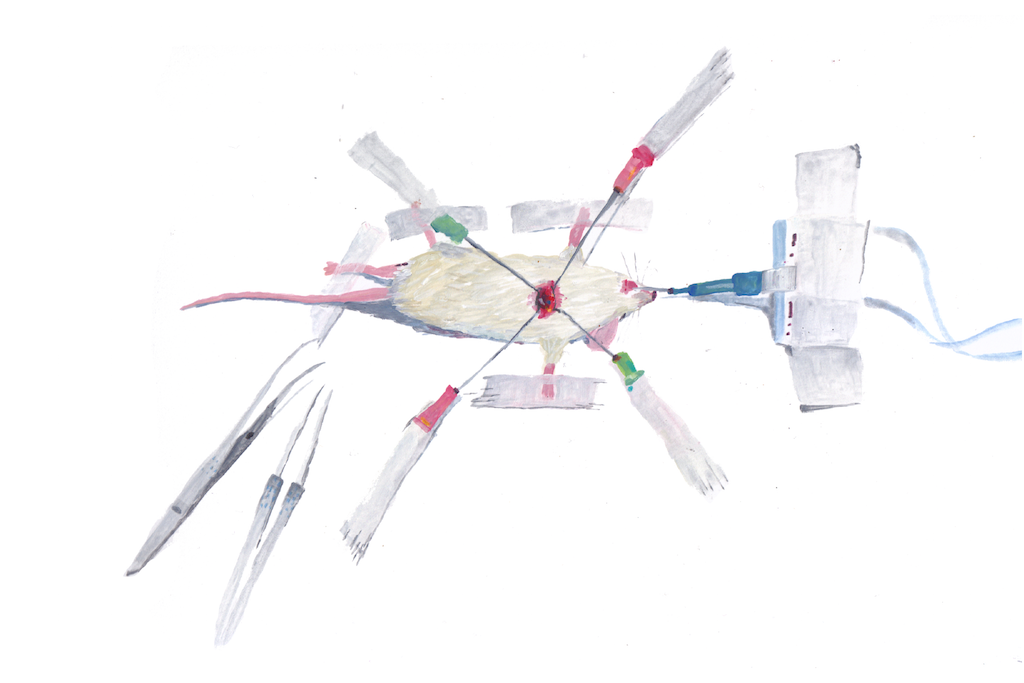
He taped the mouse onto a heating pad. First, he checked that the mouse was breathing. Then he taped one front paw down, and then the other. The mouse’s hind left leg was crossed over its right. This way, when the mouse was fully taped down, its heart would be directly beneath the lights and the microscope, exposed for cutting.
The scientist used hair-removal cream to take the hair off the mouse. He put cream on its eyes, which were still open.
As I watched the scientist and asked him questions, I struggled to avoid calling the mouse “him.” I was embarrassed, because it seemed childish. I tried to call the mouse “the subject” once, but that sounded weird, too.
He cut the mouse open, showing me how to move the ribs out of the way and get the muscles to come apart, and how hooks were used to hold the hole open.
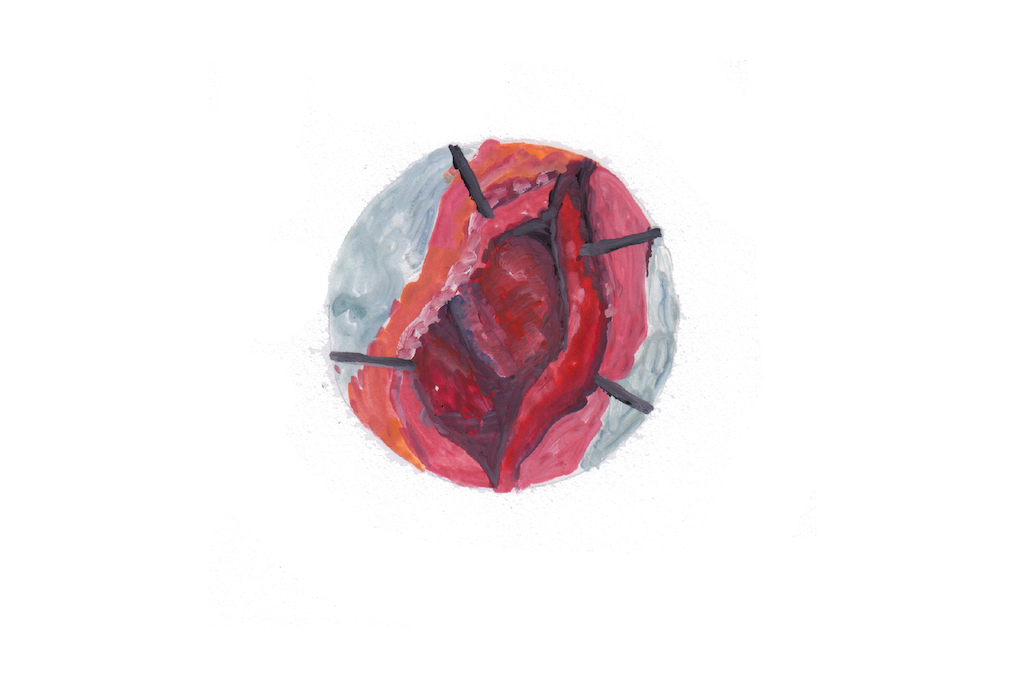
The beating heart was visible once he cut the mouse open. He let me look through the microscope, and showed me that he could push it from side to side if he wanted. He told me that mouse hearts are very strong, and doing this to a human would be extremely dangerous. The heart was the size of a pea. It was red and blue.
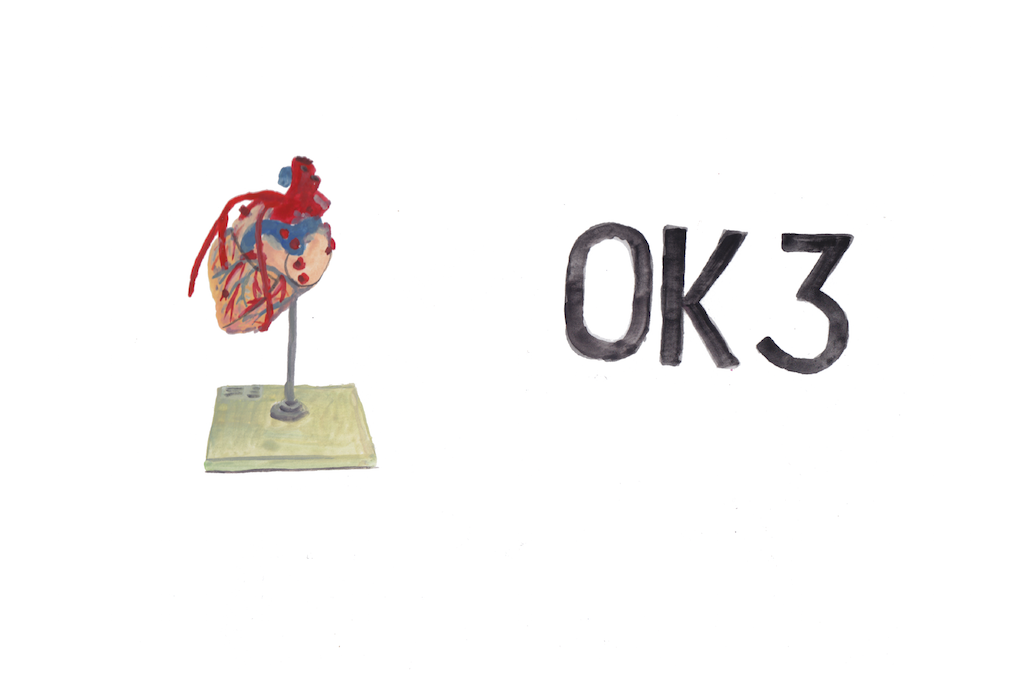
Then, he gave the mouse a heart attack.
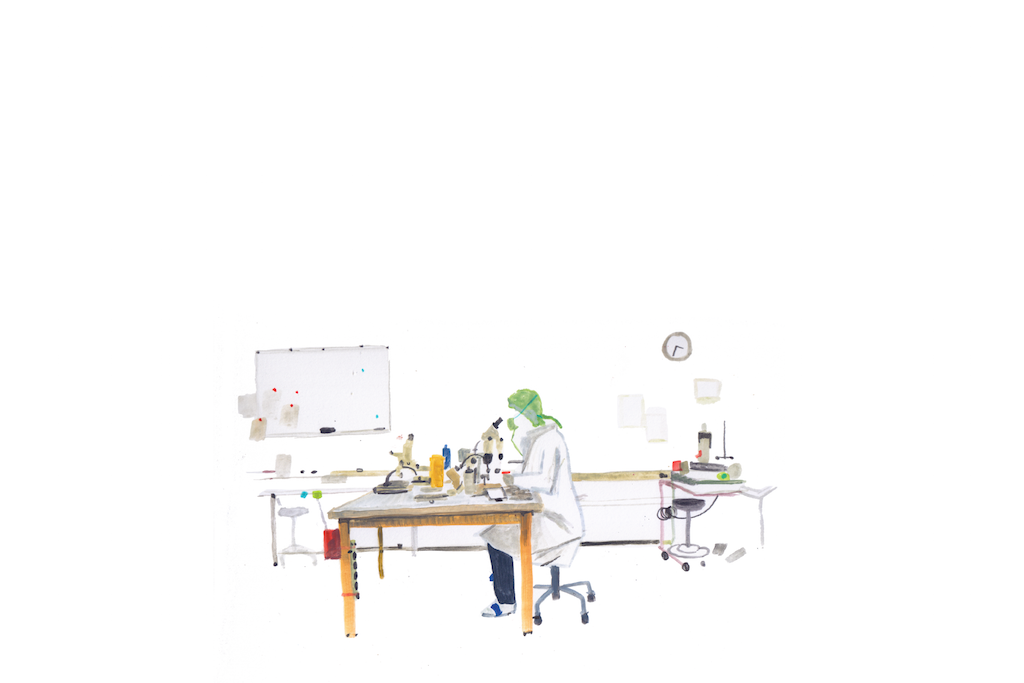
Then, using a tiny suture, the scientist put a stitch into the coronary artery, and tied a knot in it. After twenty-four hours on painkillers, the scientist told me, this mouse could live a normal mouse life, even with a stitch on its heart. He held it in his hand. It was limp, but still breathing. He turned it onto its stomach, grasped it by the neck, and pulled on the tail, hard. Then again. Then a third time.
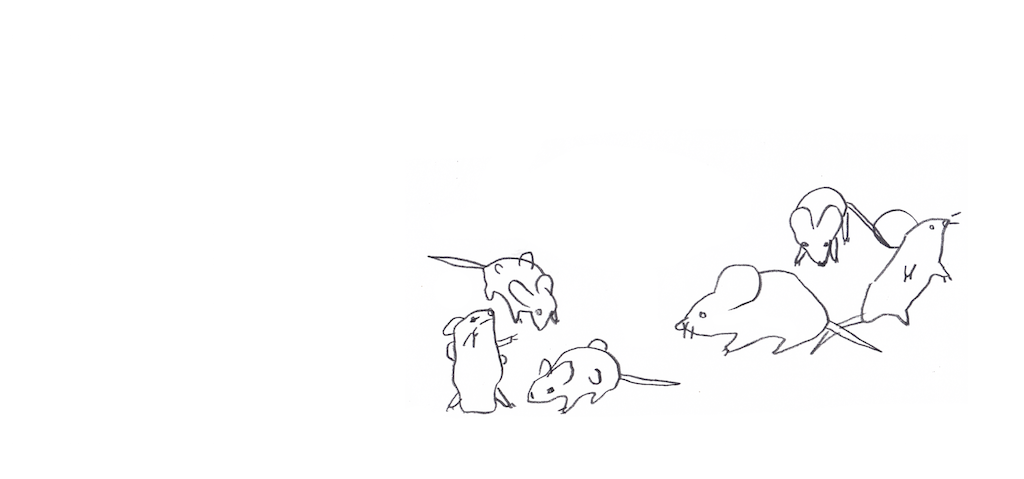
Later, the scientist brought me into the room where the mice were kept. “Here is my team,” he said. There was a little family of mice in a box like you would see at a pet store. His mice were all small, white mice. “I like to give them some paper towels. They like them. They tear them up and they can make houses or whatever. It makes them happy,” he said.
Some of the other mice, next to the family, had massive growths. “Tumor mice,” he told me. Others had red signs on their cages, showing that someone witnessed a fight in the cage. Others had a skull and crossbones, indicating toxicity.
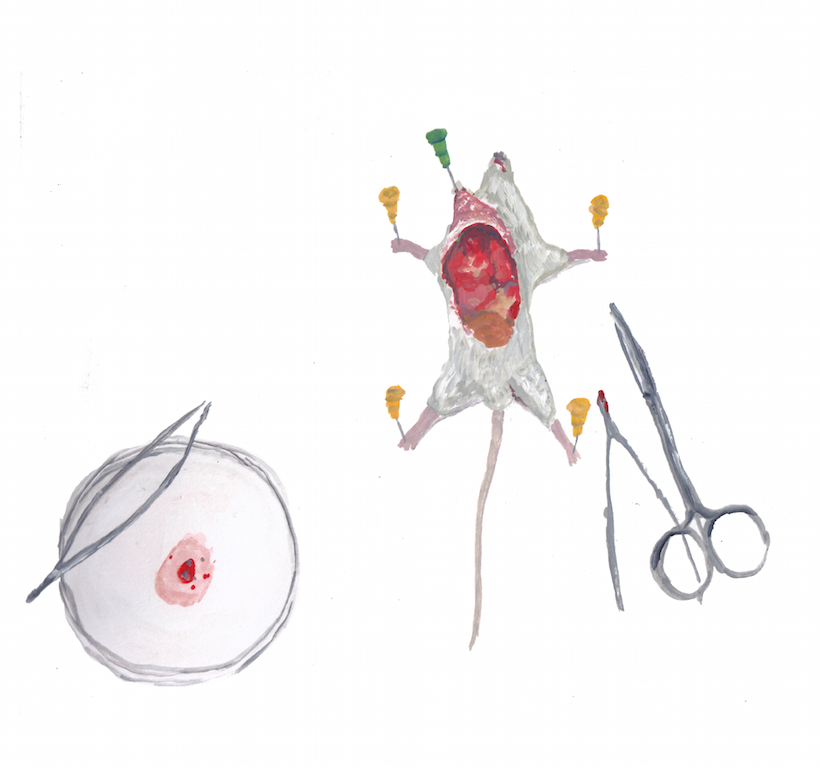
Once his mouse was dead, the scientist’s cuts were still somewhat careful, but less precise. He didn’t use any tape. The mouse’s limbs were pinned down, and its body was splayed open. Using scissors, he took out the heart, and put it in a petri dish. “See?” He said. “It keeps beating.” He stirred it with the scalpel, and yes, it was beating.
“How?” I asked him. It was amazing. “Is it still alive?”
“It’s just energy left in the cells,” he said.
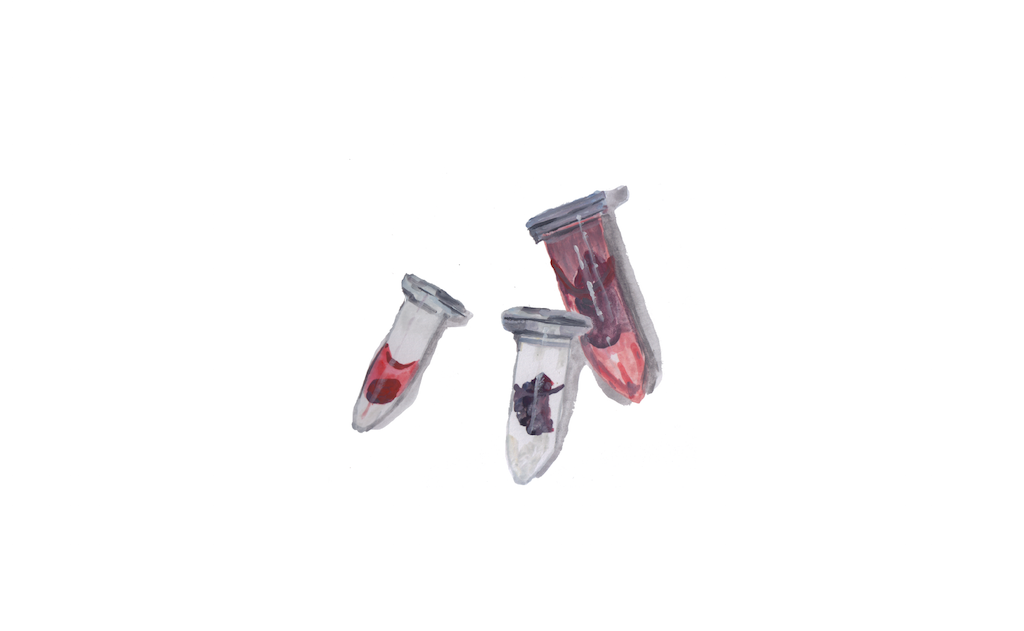
“Fifty percent of people don’t believe in animal testing,” he told me. He put a date on a little paper, which was the mouse’s death certificate. He loosely stitched the mouse back together after removing the heart, the spleen, and part of the liver. Each was put into a tiny test tube and sealed. After the weekend, he was going to grind them up to analyze them, testing for levels of enzymes. The result would have a meaning to him, but it was a tiny step in a very long journey.
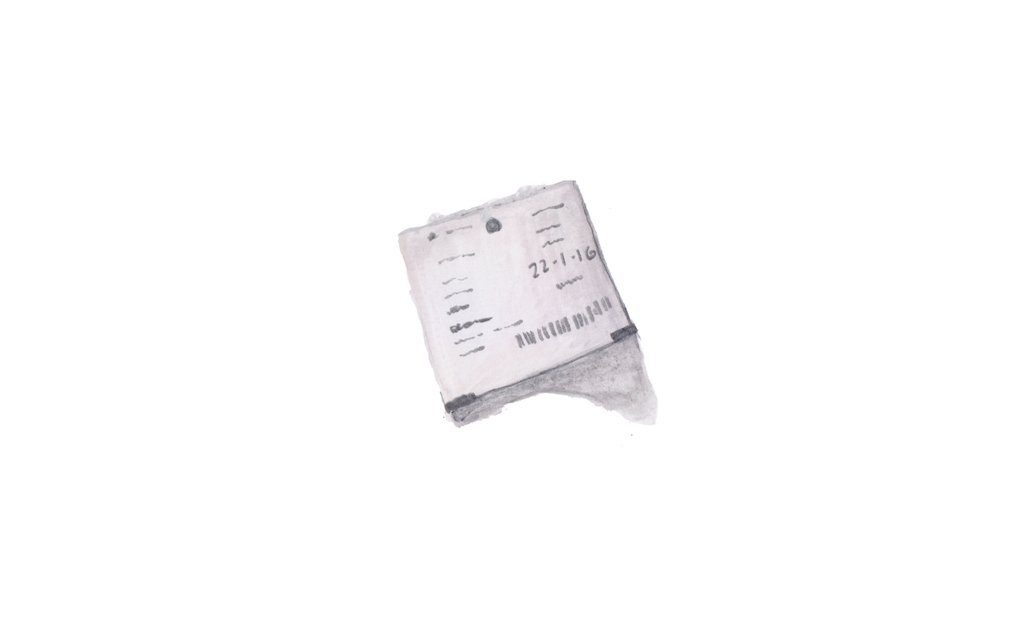
He put the mouse into a little sandwich bag. It occurred to me how small the mouse was. He walked to the freezer, and told me not to look inside, but I look anyway. Then he put the mouse in, near many others.
Hundreds of experiments like this will be done in order to reach a conclusions about things like about heart-attack timing. Some mice will be given treatments, others will not. The ways their hearts react will be studied across many, many experiments. If they succeed, the trials will be repeated many more times in other labs. Dozens of minor variations will be checked, and hundreds more mice will be be killed, each little life like a drop in a rainstorm.
It was hard not to call the mouse “him” while it was alive.
“He did his duty,” I said.
“He did his duty.” the scientist agreed.
